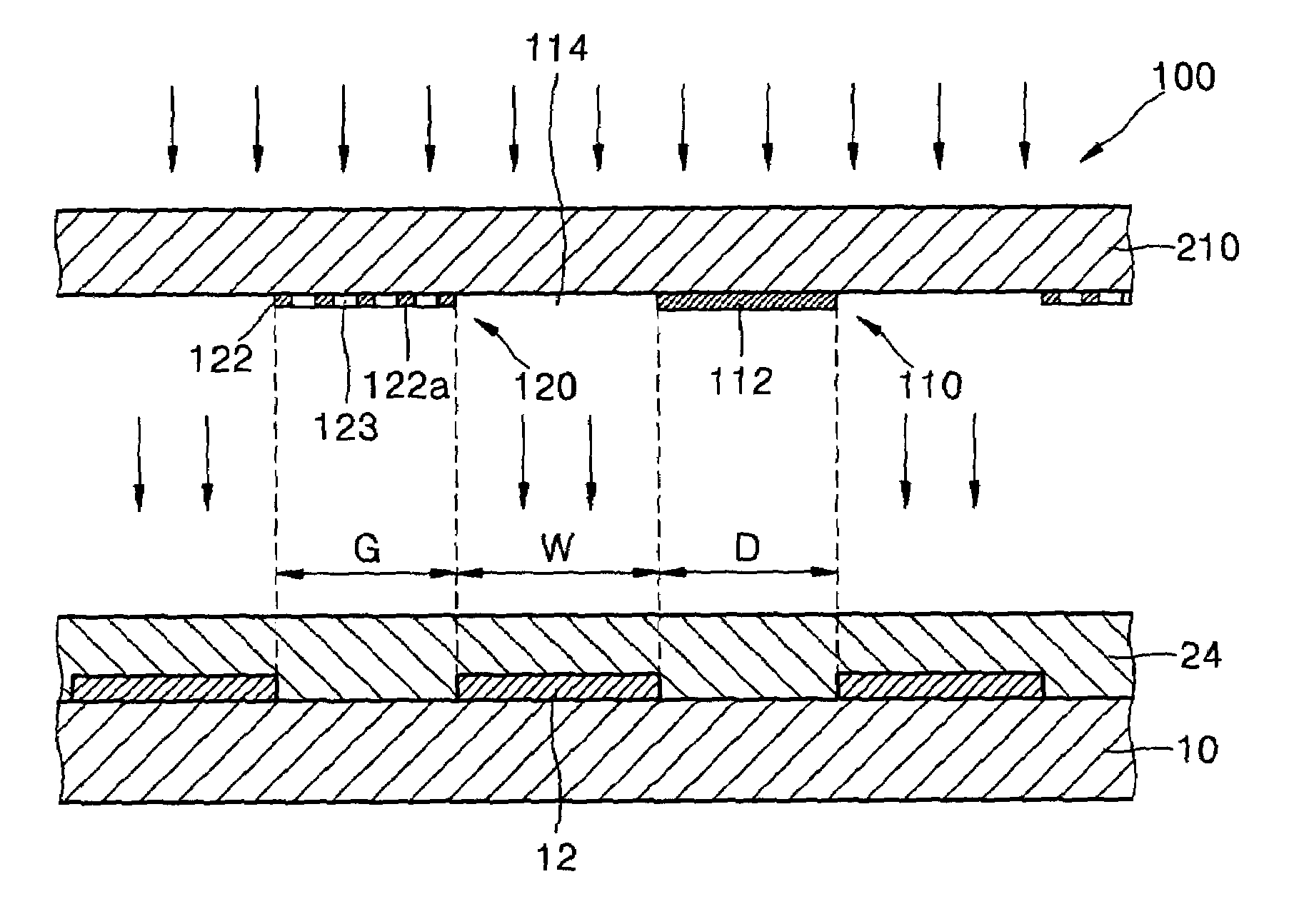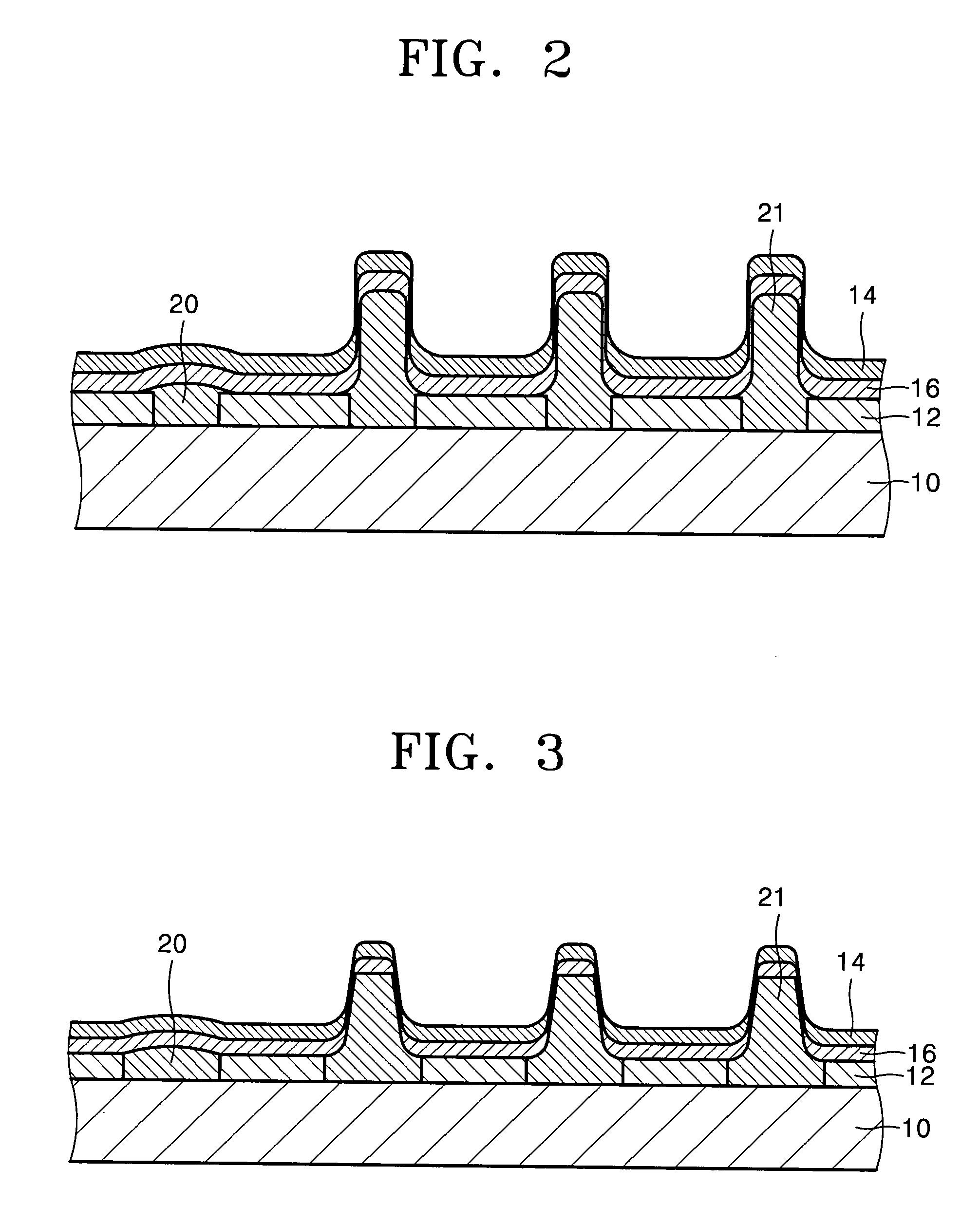Manufacturing method of electroluminescent device
a manufacturing method and electroluminescent technology, applied in the manufacture of electrode systems, instruments, electric discharge tubes/lamps, etc., can solve the problems of electroluminescent performance degradation, low luminous efficiency, and shorten the life of cathode stripping, so as to prevent the deterioration of the characteristics of the organic layer
- Summary
- Abstract
- Description
- Claims
- Application Information
AI Technical Summary
Benefits of technology
Problems solved by technology
Method used
Image
Examples
Embodiment Construction
[0056]Reference will now be made in detail to the present preferred embodiments of the present invention, examples of which are illustrated in the accompanying drawings, wherein like reference numerals refer to the like elements throughout. The embodiments are described below in order to explain the present invention by referring to the figures.
[0057]The following description of preferred embodiments is directed mainly to the structure of an organic EL device in which organic compounds are used as light emission layers. However, the present invention can be applied in the same manner to an inorganic EL device using inorganic compounds as light emission layers.
[0058]As described above, according to an embodiment of the present invention, various insulating layers formed on a substrate and the first electrode, including an inter-insulator, an insulating wall, a shielding wall, a sealing portion, and a separator, are formed by a single process, thereby reducing the number of processing...
PUM
 Login to View More
Login to View More Abstract
Description
Claims
Application Information
 Login to View More
Login to View More - R&D
- Intellectual Property
- Life Sciences
- Materials
- Tech Scout
- Unparalleled Data Quality
- Higher Quality Content
- 60% Fewer Hallucinations
Browse by: Latest US Patents, China's latest patents, Technical Efficacy Thesaurus, Application Domain, Technology Topic, Popular Technical Reports.
© 2025 PatSnap. All rights reserved.Legal|Privacy policy|Modern Slavery Act Transparency Statement|Sitemap|About US| Contact US: help@patsnap.com



